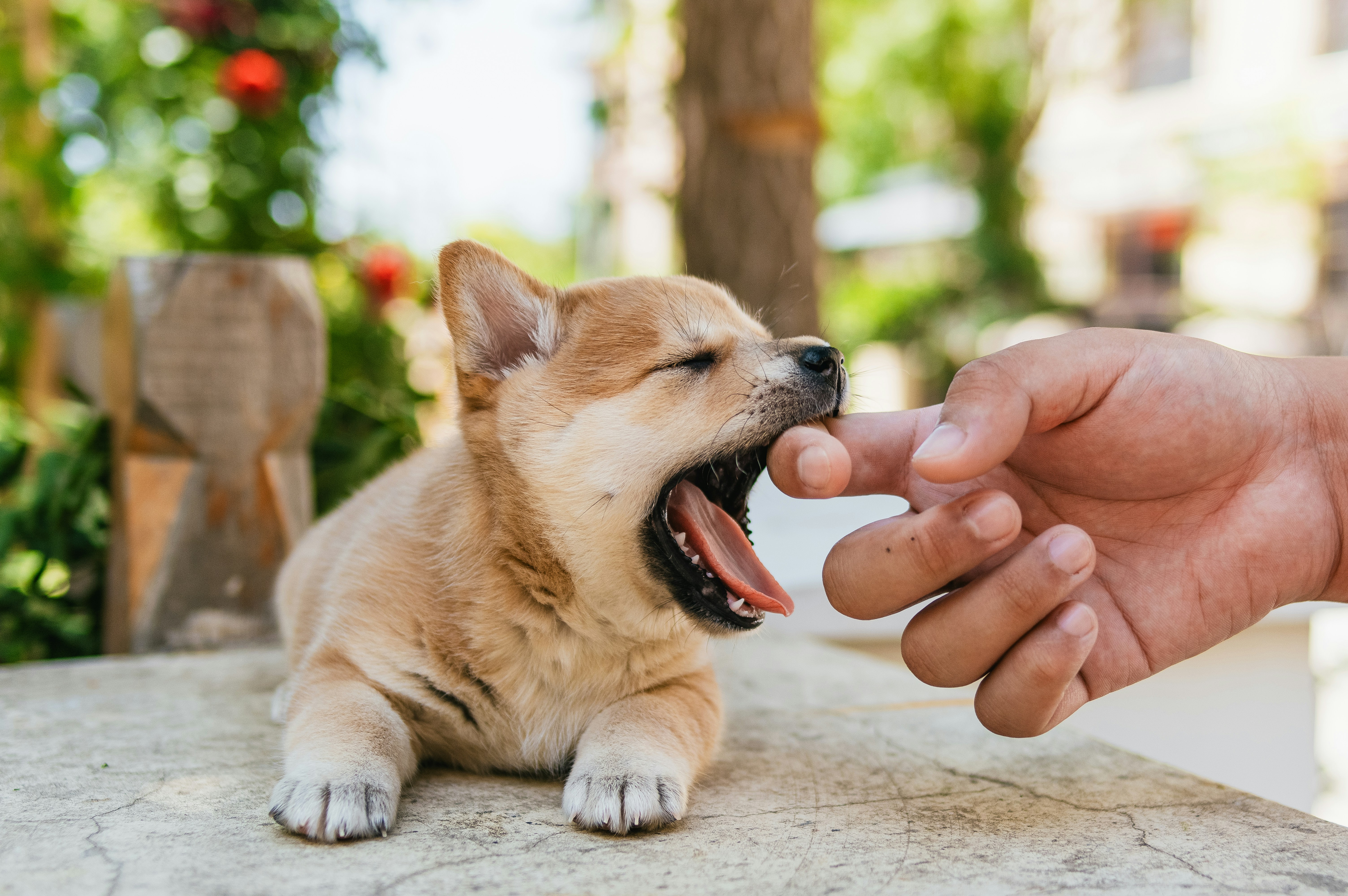Unleashing the Power of Pet Body Language for Effective Training
Understanding your pet's body language is not merely an avenue to enhance your training techniques—it's an art form that transforms the relationship you share with your furry friend. In today’s fast-paced world, pet owners often overlook this crucial aspect of pet care and training. By tuning into your pet's nuanced forms of communication, you can unlock the key to more effective training, emotional bonding, and mutual understanding. This guide will delve deeply into the intricacies of pet body language and how mastering it can make you a better trainer and companion.
Why Body Language Matters in Pet Training
When it comes to communication, pets are far more observant than we often give them credit for. Dogs and cats do not speak in words; instead, they communicate through a silent symphony of gestures, postures, and movements. Understanding these signals allows you to respond appropriately, fostering a stronger bond and making training sessions significantly more effective. Ignoring body language can lead to confusion for both you and your pet, resulting in frustration and potential behavioral issues.
The Basis of Pet Body Language
Pet body language can often be subtle, and while every species has its unique ways of expressing emotions, there are common indicators that pet owners should look for. Here are some fundamental signals:
Dogs
-
Tail Wagging: A wagging tail is often perceived as a happy dog. However, the speed and style of the wag can tell you a lot. A slow wag might indicate uncertainty, while a fast, wide swing shows excitement.
-
Ears: Ears that are perked up can signal alertness, while flattened ears suggest fear or aggression.
-
Body Posture: A relaxed body posture with a wagging tail suggests comfort, while a stiff stance can indicate tension.
-
Eyes: A dog’s eye movement can also be a telltale sign. A relaxed gaze conveys comfort, while hard stares can indicate aggression or dominance.
-
Yawn and Lick Lips: If your dog yawns or licks its lips, it could signify stress or discomfort.
Cats
-
Tail Position: A high-held tail often indicates happiness, while a flicking tail could denote annoyance.
-
Ears and Whiskers: Forward-facing ears and whiskers usually express curiosity or contentment, while pulled-back ears reveal fear or uncertainty.
-
Purring vs. Hissing: Purring often signifies a relaxed cat, while hissing indicates distress or irritation.
-
Body Curvature: An arched back is a sign of aggression or fear, while a relaxed body denotes comfort.
These signals not only help you understand what your pet is feeling but also influence how you approach training methods. By aligning your training techniques with your pet's emotional state, you can facilitate a more effective learning environment.
For a deeper dive into the mind of your pet, don’t miss our posts on how different stimuli affect your pet’s mood and understanding your pet’s communication signals.
Mastering the Art of Observation
To effectively incorporate body language into your training, start with keen observation. Here’s a structured approach to help you refine this skill:
1. Spend Quality Time Observation
Take time to watch your pet in various situations—when they’re playing, eating, or simply lounging about. This observation will equip you with a more nuanced understanding of their natural behavior.
2. Identify Triggers
Take note of what triggers certain behaviors in your pet. For instance, does a loud noise make them cower or bark? Understanding these triggers allows you to train them effectively under various circumstances.
3. Practice Patience
Training is a gradual process. Be patient and respectful of your pet’s comfort levels as you work toward integrating more advanced training techniques.
The Benefits of Training with a Focus on Body Language
Training with a focus on body language offers myriad advantages that deepen the bond with your pet:
Enhanced Communication
Using body language as a foundational tool paves the way for improved communication. This understanding creates an environment where your pet feels safe to express emotions and reactions.
Increased Trust
When you respond appropriately to your pet’s signals, it builds trust. Pets are more likely to engage positively with training when they feel understood and respected.
Better Behavior Management
By accurately reading your pet’s body language, you can intervene before minor issues evolve into significant behavioral challenges. For example, if your pet appears anxious in certain situations, early intervention can help mitigate fear-driven responses.
Techniques to Strengthen your Training through Communication
Effective training is never one size fits all; it takes a multi-faceted approach. Below are some proven techniques that blend body language interpretation with standard training practices.
1. Positive Reinforcement
Utilizing treats, praise, or play as rewards for desired behaviors not only encourages positive habits but can also lessen anxiety. When your pet exhibits a positive response to your cues, do acknowledge that behavior with a reward.
2. Consistency is Key
Consistency in your cues—whether verbal or physical—ensures clarity. For instance, if you signal “sit” by raising your hand, always make that gesture when you want them to obey. Using the same cues helps your pet learn more quickly and reduces confusion.
3. Use of Visual Cues
Integrating visual signals enhances comprehension for pets, especially for those who may not be adept at understanding verbal commands. A study from the University of Pennsylvania highlights the translation of commands into visual cues as an effective way to train dogs and cats alike—an innovative strategy to accelerate the learning process!
For more insights on how communications can reshape your training approach, explore our blog on scent-based enrichment techniques that advocate visual and olfactory cues.
Addressing Common Misunderstandings
Though many pet owners are aware of basic body language, certain myths persist that can hinder effective training.
Myth 1: All Dogs Wag Their Tails When Happy
While a wagging tail is often associated with happiness, it can also denote agitation or even aggression. Understanding the full context of the wag is essential.
Myth 2: Cats Only Purr When Happy
Cats purr out of contentment, yes—but they also purr when in pain or distress. Recognizing the context of the behavior will guide appropriate responses.
Create a Training-Friendly Environment
1. Reduce Distractions
An environment with fewer disruptions allows your pet to focus on learning. This might mean training in quieter areas during the initial stages of learning.
2. Slight Adjustments
Alter the training environment based on your pet’s signals. For example, if your dog exhibits fear towards strangers, slowly introduce them to those stimuli, providing reassurance and support.
Building a Trusting Relationship
The relationship between you and your pet is enhanced through mutual understanding. By employing methods that factor in your pet's body language, you cultivate a deeper bond. You might find that your pet approaches training with more enthusiasm and engagement when they trust you will respond appropriately to their needs.
Engaging your pet in creative learning experiences can also boost their emotional intelligence! For fresh ideas, consider diving into our articles on canine cartography games that promote cognitive skills while maintaining a strong bond between pet and owner.
Final Thoughts: Unlocking the Potential of Your Pet
Mastering the art of pet training through body language requires dedication, observation, and a deep understanding of your pet’s needs. By committing to this endeavor, you enrich not only your pet’s life but yours as well. As you continue on this journey of knowledge and growth, remember that the bond you create through learning and empathy will lay the groundwork for a happy, well-behaved companion.
Next Steps: Start Observing Today!
Transform your insights into actions—begin observing your pet's body language today! Keep a journal of signals and adjust your training techniques accordingly. Incorporate new methods, like visual cues and positive reinforcement, and watch as your training sessions evolve into joyful experiences filled with mutual respect and understanding. Ready to take your pet's training to a new level? Let’s embark on this journey together!







